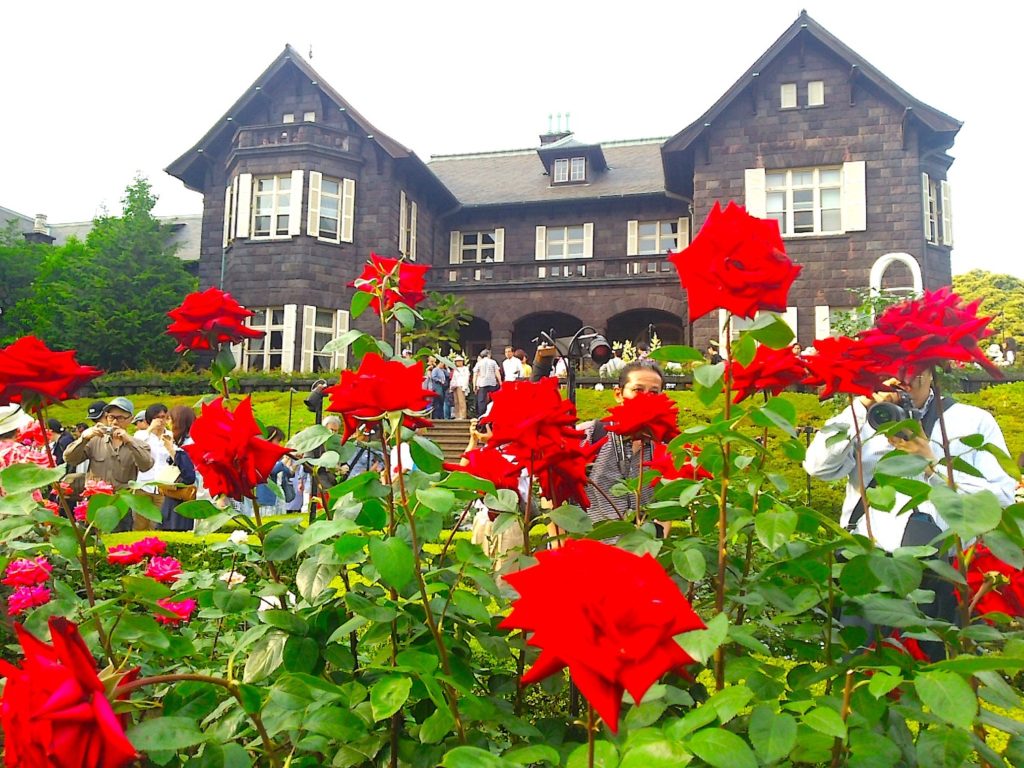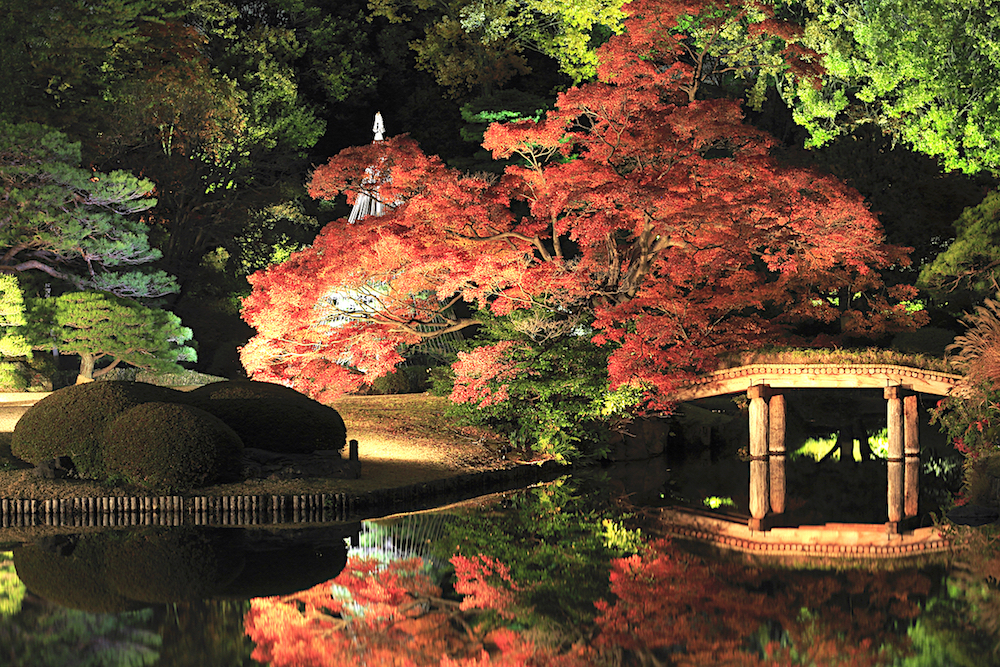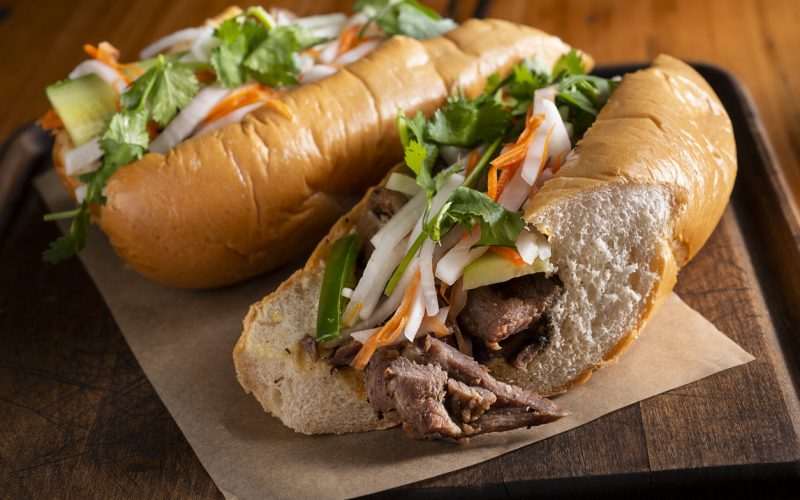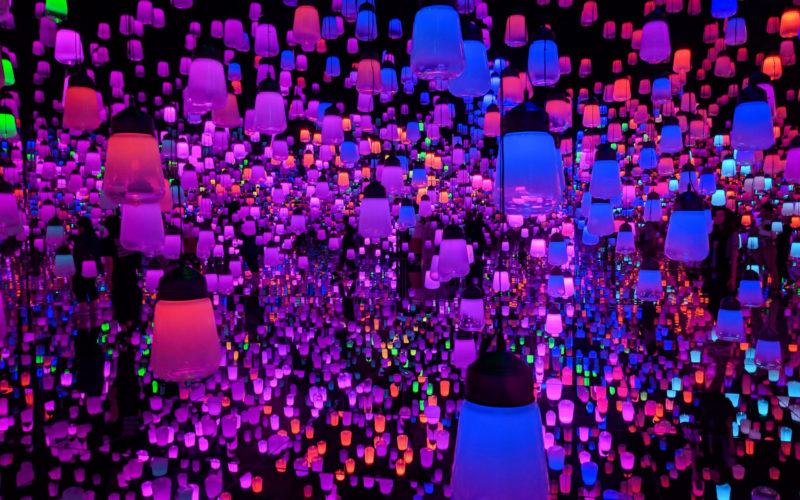Komagome Station
Your gateway to the Yamanote line’s garden paradise.
Komagome station is conveniently located to the south of Sugamo, the capital’s popular shopping district known as the “Grandma’s Harajuku.” While not nearly as festive as its neighbor or other popular tourist spots along the loop line, Komagome is home to some of the most beautifully designed and meticulously maintained gardens in Tokyo.
Opened in 1910 and burnt to the ground by air raids in 1945, Komagome station has since been rebuilt to service people traversing the central part of Tokyo. Serving one of the quieter metropolitan residential areas, the station doesn’t sit next to any large tourist attractions and would certainly not be considered a major get-together hub. In other words, don’t expect large shopping malls or fancy diners there.
However, what Komagome prides itself for is being the home of two of Tokyo’s most serene and exquisitely landscaped Japanese green spaces: the Rikugien and the Kyu-Furukawa gardens.

Photo by:
Bed of Roses: Enjoy the scents and the sights of Kyu-Furukawa Garden’s beautiful roses in summer.Named after the “six elements of garden poetry”, the Rikugien Gardens was designed to flawlessly recreate 88 scenes from famous waka-style Japanese poems. Constructed in 1702, the garden boasts a large pond with many small islands dotting the middle of it that provide a great view at any time of the day (and year). Man-made hills, trees, forested areas, bridges and carefully placed stone lanterns add to the allure of this garden, making it ideal for romantic evening walks. Rikugien is also one of the most famous spots during the cherry blossom season in spring and the red foliage in autumn.
If your personal taste leans more towards a mixture of traditional Japanese and Western style design, head to the Kyu-Furukawa Garden. This vast natural space features an English-style countryside mansion which sits proudly atop a hill while overlooking the beautifully arranged Japanese-style gardens below. A luxurious rosebed encompasses the space between the hillside and trees surrounding the Japanese style garden. The fish and turtle-stocked pond with a waterfall completes the serenity and invites you for a pleasant afternoon walk.
Famous among photography enthusiasts and regular visitors alike, Komagome’s gardens are excellent solutions to anyone’s need of a quick escape from the crowds and noise of central Tokyo.
Topics: autumn, komagome station, tokyo, Tokyo Day Trips, tokyo neighborhoods, Yamanote Line



